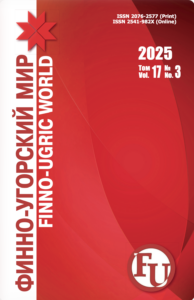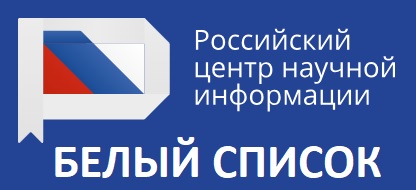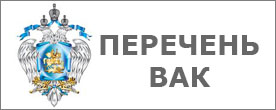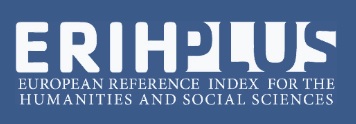Original article
https://doi.org/10.15507/2076-2577.017.2025.01.090-098
EDN: https://elibrary.ru/pxfjue
УДК / UDC 316.74.2
Exploring the Developmental Trajectory of the Institution of Clergy in the Mari Traditional Religion in the 1950s–1960s (Based on Materials from the Mari Research Institute of Language, Literature, and History)
R. A. Saberov
National University of Science and Technology “MISiS”, Moscow, Russian Federation
Abstract
Introduction. The late 1990s and early 2000s marked a new phase in the development of the Mari traditional religion and its clergy. At present, sacred grove prayers are held annually in the Republic of Mari El, with Mari kartas (priests) playing a pivotal role in sustaining this tradition. Analyzing the current ethno-religious landscape from an evolutionary perspective (tradition) or a revolutionary one (New Age) necessitates an examination of historical narratives. Scholarly works addressing the activities of the clergy within the Mari traditional religion in the 20th century remain scarce, particularly concerning the several decades following the end of World War II. The aim of this study is to identify the distinctive features of the institutional development of the Mari traditional religious clergy in the 1950s–1960s.
Materials and Methods. The research object is the ritual component of Mari ethno-religion, while the subject is its institutional framework – the priesthood – encompassing the nomenclature of religious officiants, hierarchical structure, functional responsibilities, and the specific features of ceremonial attire. The study is based on materials from the scholarly manuscript collection of the Scientific Library of the V. M. Vasilyev Mari Research Institute of Language, History, and Literature. In the course of the research, the author adhered to the principle of historicism and employed source analysis of documentary materials. The study also utilized general scientific methods, including analysis, synthesis, and comparison.
Results and Discussion. The source material documents atypical designations for priests, instances of replacing traditional customs with civil holidays and their subsequent entrenchment in village life, as well as the incorporation of new celebrations into Mari culture, accompanied by transformations of older ritual practices. At the same time, while traditional religious rites were still preserved during the studied period, their execution began to undergo significant modifications. These included the absence of ceremonial vestments among priests, the performance of ritual sacrifices not by clergy but by lay participants, and the delegation of sacred functions to women. Despite the continued presence of ritual practices within the autochthonous Mari religion in the 1950s–1960s, a pronounced crisis within the traditional religious system emerged during this period and intensified in subsequent decades. This crisis manifested in the weakening of the institutional foundations of the clergy, including the degradation of mechanisms ensuring the transmission of sacred knowledge and the partial alteration of prayer rituals.
Conclusion. The work clarified the data on the peculiarities of the development of the institute of ministers of cult of the traditional Mari religion; the processes that influenced the change of the ethno-religious situation in the Mari ASSR in 1950–1960s.
Keywords: ХХ century, Middle Volga region, Mari Research Institute, Mari traditional religion, priesthood
Conflict of interest: The author declares no conflict of interest.
For citation: Saberov R.A. Exploring the Developmental Trajectory of the Institution of Clergy in the Mari Traditional Religion in the 1950s–1960s (Based on Materials from the Mari Research Institute of Language, Literature, and History). Finno-Ugric World. 2025;17(1):90‒98. https://doi.org/10.15507/2076-2577.017.2025.01.090-098
Information about the аuthor:
Rushan А. Saberov, Senior Lecturer, Departments of Social Sciences and Technologies, Deputy Director of PhD Office, National University of Science and Technology “MISiS” (4 Leninsky Prospekt, Moscow 119049, Russian Federation), ORCID: https://orcid.org/0000-0003-1502-3718, SPIN-код: 3600-9212, saberow@yandex.ru
Author has read and approved the final manuscript.
Submitted 14.10.2024; revised 27.11.2024; accepted 02.12.2024.






















